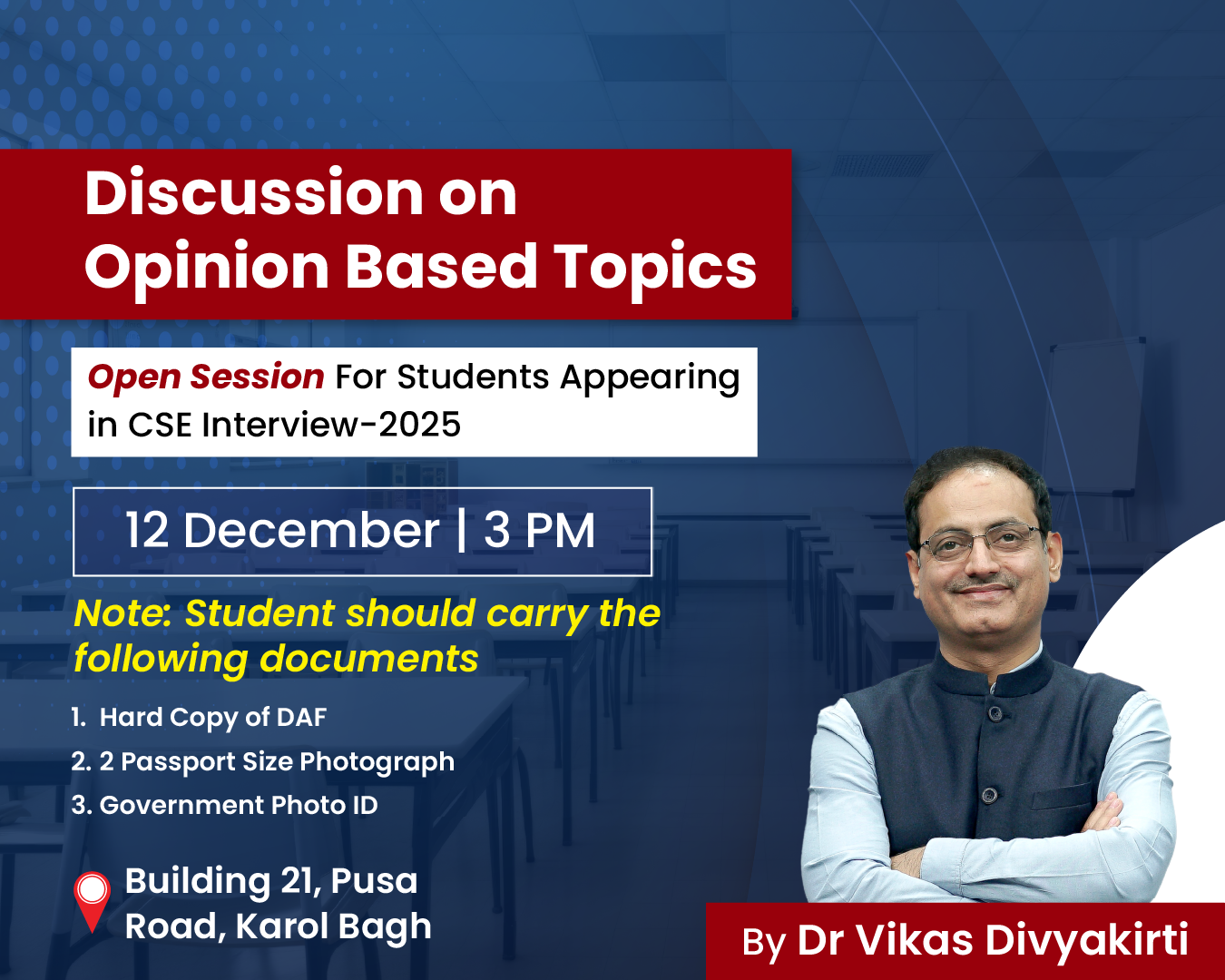-
14 Jul 2025
GS Paper 3
Economy
Day 25: Despite being a cornerstone of India’s manufacturing and export economy, MSMEs struggle to scale due to regulatory and technological constraints. Discuss the key barriers and evaluate recent government initiatives aimed at facilitating the transition and growth of MSMEs. (250 words)
Approach:
- Briefly introduce the MSME sector’s economic significance.
- In body, discuss key barriers to MSME and evaluate key government initiatives facilitating MSME transition and scale-up.
- Conclude with the way forward.
Introduction:
Micro, Small, and Medium Enterprises (MSMEs) form the backbone of India’s manufacturing and export ecosystem, contributing nearly 30% to GDP and 45% to exports. However, their limited capacity to scale into larger firms poses a structural challenge to India’s growth ambitions.
Body:
Key Barriers Hindering MSME Growth:
- Disproportionate regulatory burden hinders MSME growth, with limited access to consultants unlike large firms.
- Technological obsolescence limits competitiveness, with many enterprises unable to afford modern tools and digital solutions.
- Skilling and R&D constraints persist due to low investment and lack of structured training frameworks for employees.
- Complex certification processes delay export readiness, particularly for medium-sized enterprises aiming at international markets.
- As of 2023-24, only 1,835 micro and 15,918 small enterprises transitioned into medium firms, highlighting weak upward mobility.
- According to the NITI Aayog CEO, India has more large firms than medium ones, indicating a missing middle.
- Fragmented reach of support systems restricts the ability to service over 6.18 crore MSMEs, as per Udyam portal data.
Recent Government Initiatives to Address Challenges
- Revised MSME classification (Budget 2025–26) raised investment and turnover limits, allowing more firms to grow without losing benefits.
- Dx-EDGE initiative (CII-NITI-AICTE) uses Public-Private-Academia Partnership (PPAP) to deliver local tech mentorship and real-life student engagement.
- PM Vishwakarma Yojana, ZED certification scheme, and MSME Champions portal provide targeted credit, digital skilling, and grievance redressal.
- The Cabinet Secretariat deregulation task force is simplifying land, water, and electricity clearance norms.
- Government e-Marketplace (GeM) and TReDS platforms enhance market access and working capital liquidity for small firms.
- Schemes like RAMP, SAMARTH, and PMEGP offer productivity-linked support, cluster development, and financial incentives for upgradation.
Conclusion:
For India to achieve its Viksit Bharat 2047 vision, scaling MSMEs must be a central policy priority. Addressing institutional gaps, ensuring ease of doing business, and investing in tech-driven, skilling-based ecosystems will ensure that MSMEs evolve from survivalist units to engines of inclusive economic transformation.





